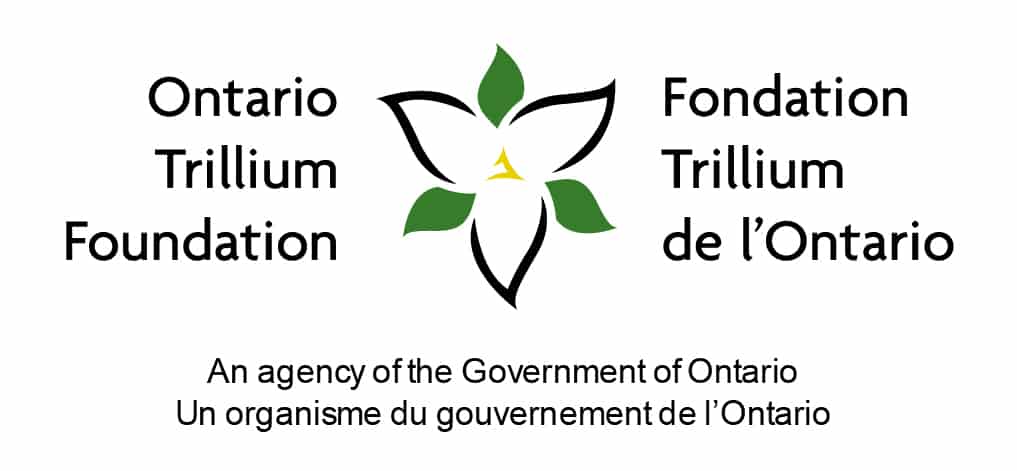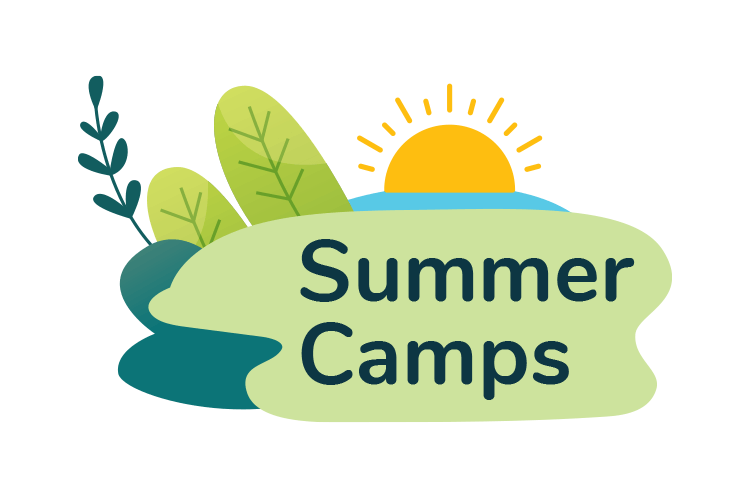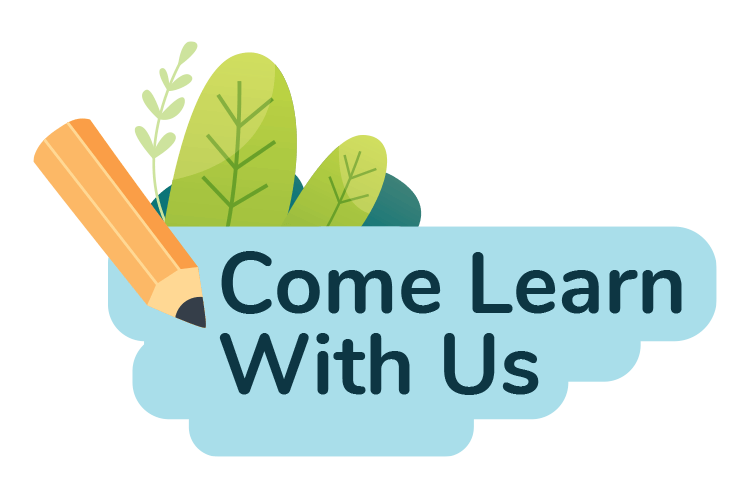by leigh symonds
Recently, I had the amazing opportunity to sit down with two incredibly inspirational men who have dedicated much of their lives to engaging kids (and parents!) with nature. Drew Monkman and Jacob Rodenburg have written The Big Book of Nature Activities. A year-round guide to outdoor learning (New Society Publishers, 2016). This is an award-winning book that should be in all our homes and schools.
It started out, as many big books do, as a much smaller project that linked Drew’s book Nature’s Year in the Kawarthas – a local month-by-month guide to “the birds, the mammals, the amphibians, the plants, the fungi and even the night sky” – with specific activities to do with kids. Then, their west-coast publisher asked “Listen, could you at least squeeze in Northern California?” Jacob and Drew were not the least daunted by this request and not only included Northern California, but expanded the book to cover all of North America.
The result is a comprehensive seasonal guide of activities we can do outside with our families all year round. It includes regional lists of species to look for in each season. It has imaginary conversations with Neil de Grasse Tyson, Carl Sagan and Charles Darwin. It discusses evolution, follows the story of the chickadee and has great reasons why we should let our kids play in the mud. In fact, I am hard-pressed to say what is not in it.
One of the authors’ main concerns is how much time children spend inside and in front of a screen (2,738 hours/year screen time vs 183 hours/year of outdoor play, according to a statistic cited early in the book). This is a concern shared by many of us. I’d like to share their comments on an important aspect of this topic: the importance of engaging our senses.
Jacob: “Nature has endowed us with a wonderful set of senses for picking up the natural world. We can see in three dimensions. We can discern three to ten million different colours. We hear in surround sound. We can smell.
We can touch. Our senses are a way to connect and be in the natural world. […] thinking that you can learn everything from inside four walls or behind two dimensions of a screen misses the point. You have to activate peoples’ senses and build a connection between them and the natural world and the living systems that support us all. Hopefully, from that, builds a sense of caring commitment and responsibility.”
Drew: expanded upon this, noting how intrinsic our senses are to understanding seasons: “There is a smell for each month of the year that you can tune into. Most of it is related to what is happening with plants and flowering. You know the smell of the fallen leaves when you’re raking versus the smell of the decomposing leaves on a damp wet November forest floor. And then in the spring when the
buds open, they release molecules, like balsam poplar. The smell of Peterborough in May is the smell of balsam poplar along with lilac and cherry, mown grass. You could call it a smellscape almost.”
Jacob: “You can teach kids to connect with nature through their senses in an evocative way that technology really can’t replicate.”
The conversation shifted to how our senses participate in establishing a sense of belonging and the emotional and spiritual (or what-have-you) connection we have with those special places in our lives.
Jacob: “I think intuitively all of us need a sense of being immersed in something larger, a sense of belonging. If we don’t feel that sense of belonging, then we feel dislocation, a sense of alienation, and perhaps with modern technology that’s happening more than we know. That’s what’s restorative of being in nature: feeling part of something bigger.”
Drew: “And when you talk about a sense of belonging, I would also say a sense of place which, I think, more and more people do not have because of the homogenization of the world. In a mall here in Peterborough, you could be anywhere. But, every region has its signature species, its sounds and smells. They form part of your own identity. Cottagers are so passionate about their cottage not just because of the opportunity to swim and sail but also because of the white pines on the property and the granite rock, and the loon and the maples in the fall. All of those things say: ‘You are here in the Kawarthas.’ So, [it’s about] opening people’s eyes to the place and developing a sense of place and season and belonging. You have to have some sense of personal engagement, some sense of ownership. Otherwise, who cares if that wetland is drained or that woodlot is cut down.”
Jacob: “We are relational beings. We yearn to have a relationship with people. It’s funny, there isn’t a word for a yearning to have a relationship with a place. And we do, you know. If we think back to our childhood, many of us have favourite spots we go back to over and over again. In that relationship between a place we love over and over again, is a sense of hope for the future. We can instil that in children, to want to protect what’s around them.”
In order to engage with nature, children have to be out in it, they have to “touch the earth” as Jacob says.
Jacob: “We can talk about the language that parents will often throw out: ‘It’s dirty, don’t touch that. Put that down.’ But kids need to engage. They need to get dirty. They need to touch. They need to feel. They need to interact. There’s something magical about a chickadee trusting you and landing on your hand. You carry that with you.”
Drew: “Or even just digging in the garden. Whenever we would be planting in the spring, the kids were almost as engaged with the worms and the grubs and everything in the soil as they were with the project of planting seeds or trees. Kids are enthralled with worms. They love worms and they love caterpillars.”
Jacob: “Kids have a time when they forge these strong life-long connections to a place. If they’re indoors all the time, that’s not going to happen. I lived near a conservation area growing up and, if I go there today, I feel such a feeling of nostalgia and belonging. One could argue that it should be a fundamental right for every child to feel connected and bonded to a place. And that feeling can stay with us for the rest of our lives. We are more complete when we are part of something larger.”
Bringing nature inside is also something both naturalists advocate. In The Big Book of Nature Activities, they suggest a nature table or a terrarium where kids can collect species they discover and uncover, releasing the creatures and critters back into their natural homes after a day or so.
Drew: “There’s something about catching things that’s so powerful. You have to honour that. My whole interest in nature began with catching turtles and frogs at my grandparents’ cottage. I would spend my day in a pond on Clear Lake, almost up to my neck in water and mud. I’d just walk around and see the turtle and watch it go down into the water plants at the bottom. I’d have a feeling of where it was, put my hand down and more often than not catch the thing and bring it back to the cottage where I’d put it in laundry tubs that my grandmother had with some rocks.”
Jacob: “We forget how important playing in nature is, and using your imagination. A stick becomes a sword or a magic wand or a tent pole. The natural world lends itself so well to creative, imaginative play. If we don’t give kids that chance, there’s something missing.”
Later in the conversation, Jacob returned to this idea talking about the role of adventure for teenagers.
Jacob: “In most cultures around the world, at some point, there was a rite of passage at some point to prove that they were resilient and strong and brave. Of course, you can have a modern version of that through taking them on canoe trips, teaching them about survival skills. What we love with teenagers – and they seem to love it too – is the idea of traditional skills: making a bow-drill fire, making a shelter and sleeping in it. It connects us back to what our ancestors did. And empowers them to know ‘I can find what I need in the woods’.”
Drew is passionate about evolution, and Darwin quite rightly has a strong voice in their book, and not just about dinosaurs but the on-going evolution of species, including ourselves, on this planet.
Drew: “Kids need to see themselves as deeply embedded in nature and the story of the Universe itself. The story starts with the Big Bang and extends right to us – and every other living thing. We evolved together and share the same genes. By knowing this evidence-based story, kids will hopefully be inspired to shape where the narrative goes from here. This Darwin character we have is an attempt to get how wondrous and mysterious and awe-inspiring the story of evolution is and that it is ongoing all around us. There are so many things we haven’t figured out, so many mysteries whose answers we don’t necessarily know yet. I wanted to give the idea that – for kids who are passionate about science and natural science and biology, evolutionary biology – there are still a lot of mysteries to be solved. There are so many amazing careers that are waiting there for you, if this is something you are passionate about.”
Climate change, inevitably, came into the conversation. Both Jacob and Drew are educators and both cautioned against letting kids confront the problem head on.
Drew: “It’s a fine line to tread when you’re writing it or talking with kids. You want to give the sense that nature is still, by and large, intact and you can get out there and engage with it and love it. You don’t want to scare kids away from it and give them this idea that everything is collapsing around them, that it’s all doom and gloom. But, to some degree, it is doom and gloom. How do you navigate that terrain? It’s difficult. I’m a grandfather now. I’m pretty careful what I say.”
Jacob: “For me it comes down to agency. You don’t give a kid a problem that they can’t fix. Growing up is about ever-widening fields of self. A little kid who looks around where they are, what they see is right in front of them. Climate change doesn’t work with them. It’s an abstract concept. But gardening and planting wildflowers and making butterfly houses, that works for them. Then, as they get older and their ability to see the world develops, their heads lift up and they can see further, and their ability to affect change increases. When they’re teenagers, they can maybe handle some social justice. We need to give kids the tools to be able to create positive environmental change that is appropriate to the age they are. So, a big part of this book is trying to find activities where people can do stuff and feel empowered. Through empowerment comes hope and through hope comes a difference in the future.”
That is what The Big Book of Nature Actvities is all about: a hope for the future and an awareness of the present. I will always cherish the morning I spent with these two naturalists whose passion for our world has touched, and will continue to touch, so many children and their families.



